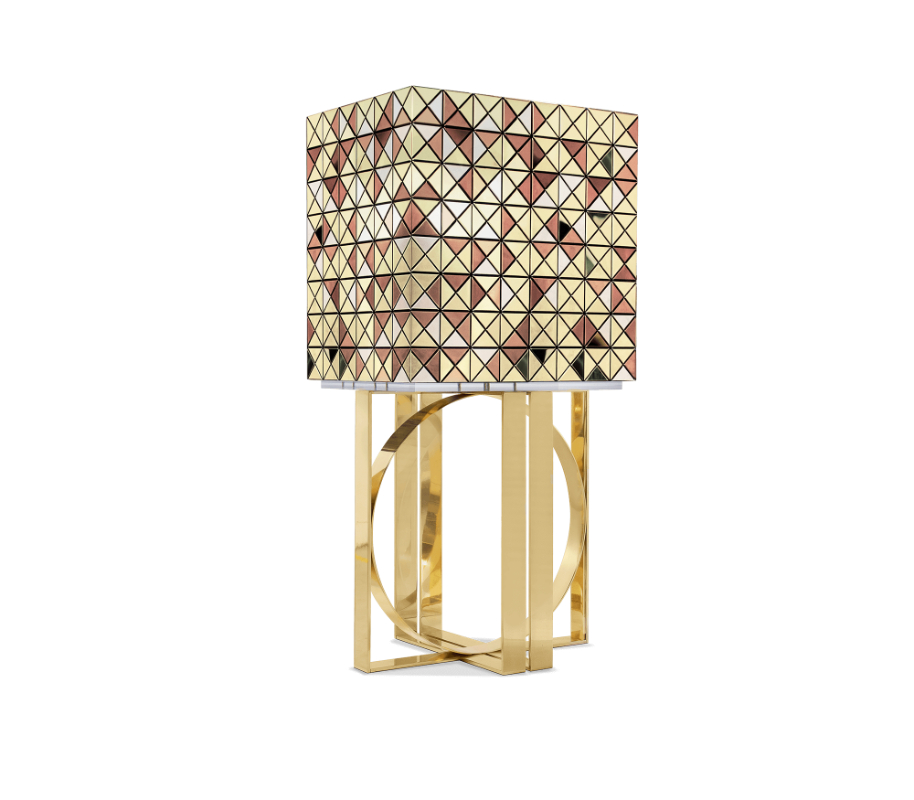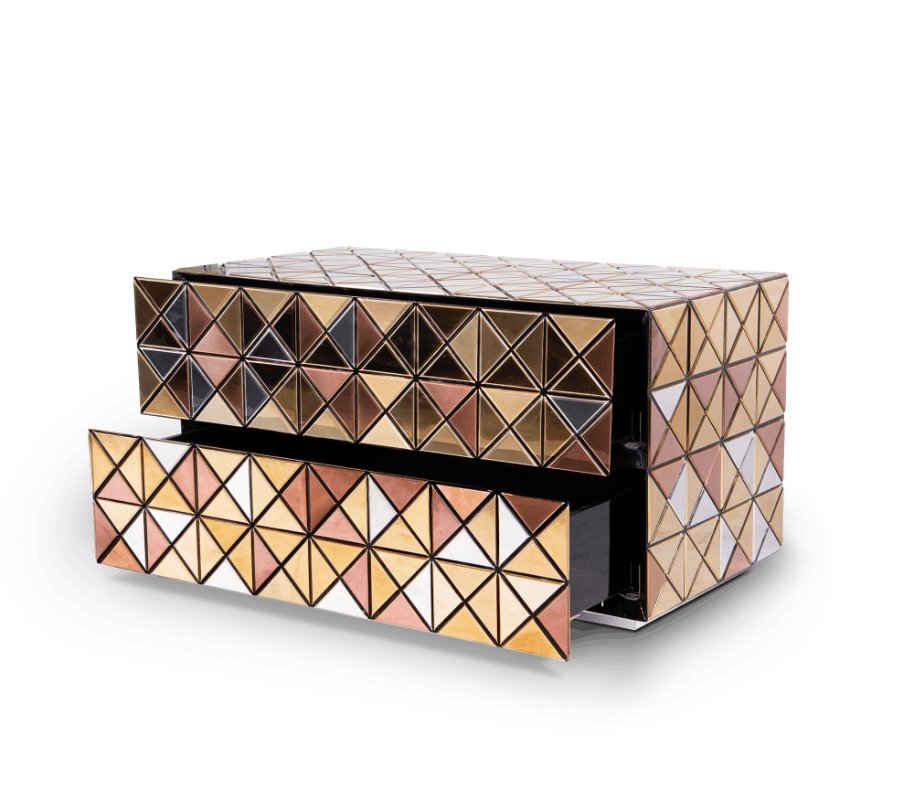El estilo excéntrico te permite expresar tu personalidad. De hecho, la excentricidad en su propia naturaleza desafía las reglas y normas a favor del individuo y sus características. Hoy, Inspiration And Ideas lo lleva en un recorrido explorando las excéntricas e icónicas piezas de mobiliario diseñadas por Boca do Lobo y le muestra la importancia y las recompensas de abrazar su individualidad en el diseño de su hogar.
¡Vamos a inspirarnos!
Generalmente, la excentricidad se define como un comportamiento que la gente piensa que es extraño o inusual, la cualidad de ser inusual y diferente de los demás. Los espacios excéntricos tienden a dar más valor a la alegría y la expresión que a la moda o al estatus. Valorando la alegría, cada pieza interior aporta y celebrando el gusto individual de sus habitantes, sea cual sea su estilo. Crear un espacio alegre se trata de ser muy selectivo, tomar decisiones basadas en la emoción y seleccionar piezas que se conecten con nosotros con una sensación de nostalgia, traigan una sonrisa o simplemente brinden una sensación de comodidad.
La excentricidad como estilo no se puede definir con un solo look. De hecho, se caracteriza principalmente por su enfoque de diseño, dando como resultado ideas o características constantes. Lo más importante es mostrar tu estilo y contar tu historia y recordar que el estilo excéntrico no es un estilo que intentas realizar, sino un enfoque que cuenta tu historia y representa tu gusto único. ¡El aparador Pixel es una de las piezas más icónicas de nuestra marca!
OBTENER EL ASPECTO:
APARADOR PÍXEL
Pixel, icónico e inigualable, presenta un trabajo innovador de diseño contemporáneo pionero.
Yves Saint Laurent said,
“Fashion’s fade, style is eternal.”
Un estilo excéntrico es un enfoque, no un estilo establecido, y no debe nacer de las tendencias de la moda. ¿Por qué? Debido a que algunos aspectos de un hogar excéntrico se pondrán y pasarán de moda a lo largo de los años, la moda se vuelve irrelevante si las elecciones que hacemos siguen un principio de alegría y expresión personal de estilo.
OBTENER EL ASPECTO:
GABINETE ANODIZADO PIXEL
Esta pieza nació del fuerte deseo de innovar de nuestros diseñadores y su mente abierta para combinar y adoptar la artesanía y técnicas de diferentes formas y estilos artísticos.
Al valorar la alegría por encima de la moda, tendemos a abrazar lo inusual y esto nos desvía de lo que está disponible en las tiendas convencionales. Los interiores excéntricos generalmente cuentan con artículos curados como la selección que les traemos hoy. Esto incluye hallazgos raros, colecciones personales, antigüedades o piezas provenientes de lugares inesperados y únicos o elaborados individualmente.
La adopción de estas piezas únicas tiene menos que ver con el atractivo masivo y más con la libertad de agregar la personalidad del propietario a su espacio.
OBTENER EL ASPECTO:
PATAS PIXEL ANODIZADAS ORO
Pixel es un esfuerzo por honrar la unión entre el diseño y la artesanía.
Ser extravagante y adoptar esta característica tuya en tu diseño de interiores ofrece la oportunidad de explorar un estilo lleno de espontaneidad y crear algo impredecible.
Los elementos extravagantes pueden agregar humor a un espacio y hacer que el ambiente sea más agradable. Lo mejor es que las piezas excéntricas también cumplen un propósito funcional.
OBTENER EL ASPECTO:
GABINETE PIXEL VERDE
Su carácter lúdico se captura en la forma y la paleta de colores, el diseño desafiante y la mejor artesanía.
Lo cierto es que nuestras vidas y el paso del tiempo esculpen nuestros hogares para contar nuestras historias. Un interior excéntrico también abarca esto, creando un mosaico de la vida que vivimos.
Una filosofía japonesa llamada Wabi-sabi celebra las imperfecciones y la belleza de la edad y el desgaste. Al encontrar la belleza en la imperfección, podemos celebrar la historia de cada pieza y la peculiar elegancia de las cosas y la vida.
OBTENER EL ASPECTO:
GABINETE ÉRASE UNA VEZ PIXEL
Una pieza de diseño coleccionable para los amantes del arte, el gabinete contemporáneo Pixel – Once Upon a Time es una obra maestra notable nacida de la mejor artesanía inspirada en el legado portugués.
Acerca de Pixel Collection, estas piezas únicas no son solo piezas excéntricas, sino también coloridas. El color es algo poderoso y puede influir en nuestro estado de ánimo. Sabiendo que cada persona experimenta e interpreta los colores de manera diferente, Boca do Lobo creó diferentes opciones para todos los gustos.































